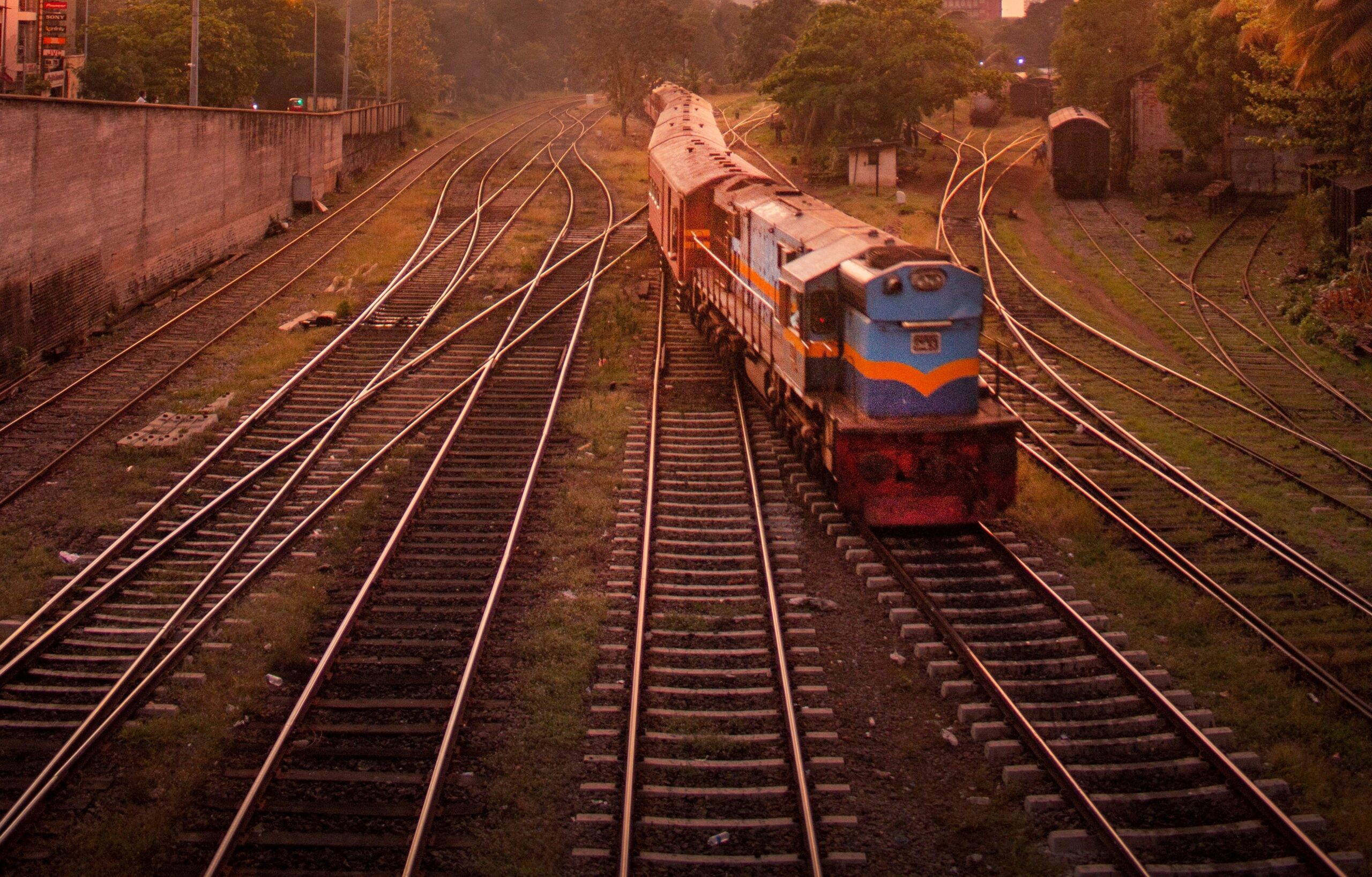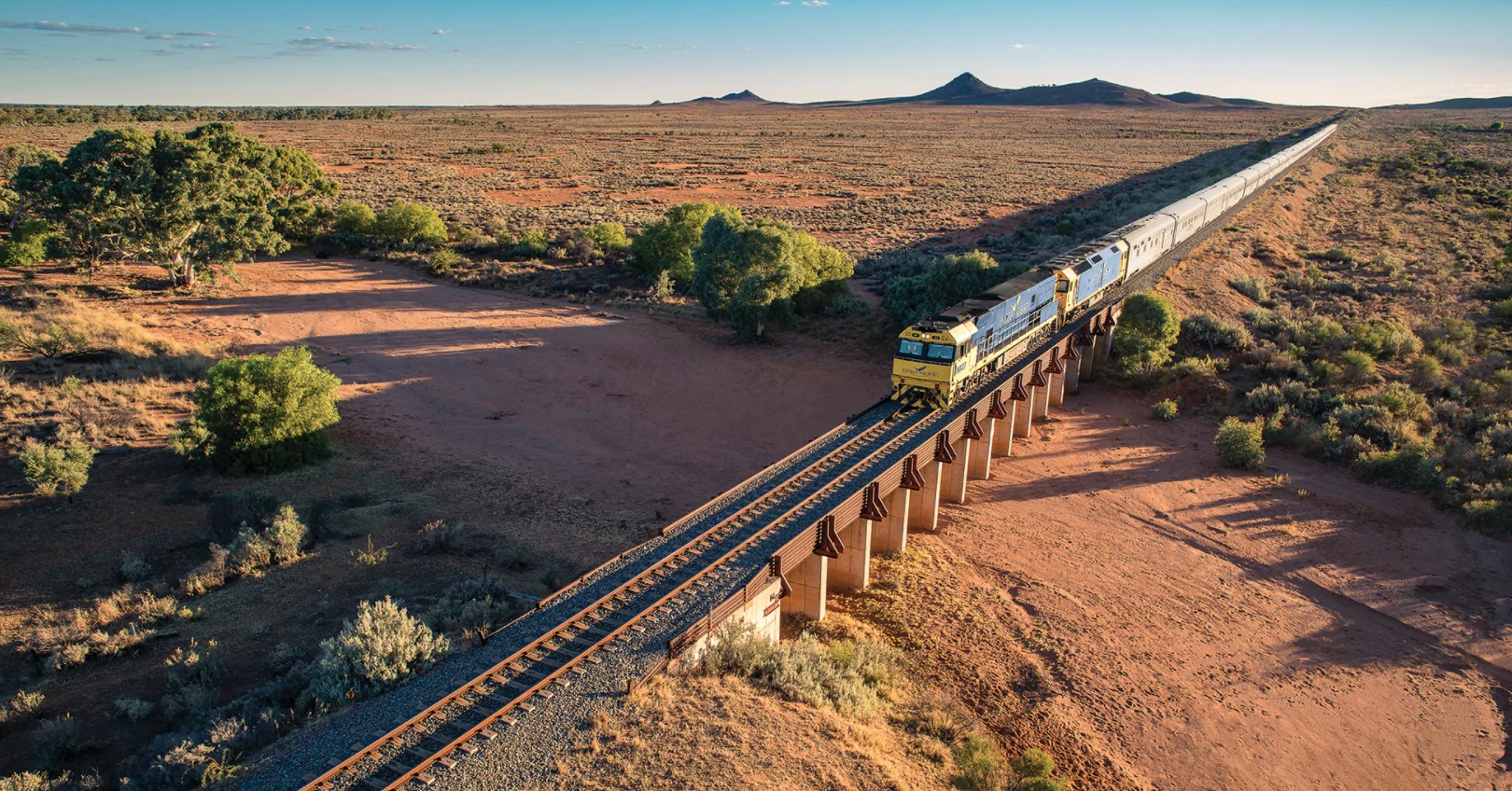At a glance
- Find out about General Mass and Dimension Limits (GML) and how different is it according to states, especially for Western Australia and the Northern Territory.
- Try TRUCKMATE Portable Scales and FORCE
 1 Axle Scales for the ultimate in accuracy and compliance.
1 Axle Scales for the ultimate in accuracy and compliance. - Understand how the Chain of Responsibility creates shared responsibility in the transportation supply chain.
Australia’s truck operations are greatly influenced by the General Mass and Dimension Limits (GML). The governing body adds to safety, protects our roads, and helps keep the rules in check. The National Heavy Vehicle Regulator (NHVR) is in charge of these limits for most of Australia. Though, places like Western Australia (WA) and the Northern Territory (NT) have their own systems. This means truck drivers might find things a bit different there.
Let’s talk about Mass Limits. The weight of big vehicles and their axles in Australia is controlled by what we call mass limits. This keeps the roads in good shape and everyone safe. The GML is broken down into limits for separate axles or axle groups and the total gross vehicle mass (GVM).
Axle Group Limits
- Single Axle with two tyres: Up to 6.0 tonnes.
- Single Axle with dual tyres: Up to 8.5 tonnes.
- Tandem Axle Group with dual tyres on both axles (spacing from 1m to 2m): Up to 16.5 tonnes.
- Tri-Axle Group with dual tyres (spacing from 2m to less than 3.2m): Up to 20 tonnes.
The heaviest a vehicle can be, or Total Vehicle Gross Mass (GVM), relies on things like the number of axles, the kind of vehicle, and how it’s set up. Single-unit trucks can tip the scales as much as 22.5 tonnes.
B-doubles (that’s a lead vehicle pulling two big trailers) can push the scale close to 62 tonnes across most areas controlled by the NHVR.
These general mass and dimension limits are implemented through the ‘Chain of Responsibility’ (CoR). It is a rule designed to make sure everyone in the supply chain follows weight limits. If these limits are crossed, anyone from drivers to the people sending or receiving goods can be fined.
Dimension Limits
Vehicle size constraints revolve around width: The maximum width for vehicles, even with any carried load, is fixed at 2.5 meters.
Height: Usually, vehicles are allowed up to 4.3 meters in height. However, if they’re transporting specific goods like livestock, they may stretch to 4.6 meters, road rules permitting.
Length: The length limit hinges on the vehicle’s kind and combination: Rigid trucks? They’re allowed up to 12.5 meters. Semi-trailers? They can’t pass 19.0 meters. As for B-Doubles and road trains, they may reach 25.0 meters and 53.5 meters respectively, but only within approved zones.
Regional Variations and Exemptions
Every state usually adheres to the NHVR’s standard GML, except for WA and NT. They stand apart with rules and exemptions designed specifically for their regions.
Western Australia (WA) operates under a distinctive structure known as the Accredited Mass Management Scheme (AMMS). Operators can tap into higher mass limits if they gain accreditation and follow certain safety and tracking requirements.
Road Train combinations aren’t unusual in WA. They permit combinations up to 36.5 meters in length for double configurations and up to 53.5 meters for triple configurations. There are higher weight limits for these vehicles under beneficial schemes.
The Northern Territory, or NT, is flexible to let larger, heavier vehicles drive compared to NHVR-governed states. Road Trains configurations can sometimes carry up to 100 tonnes – it all depends on the route. They are more accommodating with their dimensions, too. The reasons are simple: the NT is remote, and its transport means long-hauls.
Across Australia, operators can ask to flex the rules a bit. With the NHVR or local authorities, they can apply for Oversize and Overmass Permits. These allow them to go beyond standard GML and dimension limits. Each application is reviewed individually. Strict measures are put in place to keep the roads safe on a case-by-case basis.
It’s important for operators to follow these laws, obviously, to keep operations safe and smooth, but there is more.
If operators are moving trucks between states, it’s crucial their vehicles meet both NHVR rules and the unique regulations in WA and NT. Non-compliance could lead to penalties, hold-ups, or load refusals.
Furthermore, it’s essential to have suitable dimensions to safely traverse under bridges, through tunnels, and on appropriate roads.
Chain of Responsibility (CoR): Legal Accountability
The Heavy Vehicle National Law (HVNL) places pivotal importance on the Chain of Responsibility (CoR). It’s not just the drivers who bear the legal workload; it extends to stakeholders who impact the transport processes. It’s inclusive of senders, planners, loaders, operators, and receivers.
So, who exactly does CoR impact? Everyone involved in moving goods can be held accountable. This includes: –
- Major corporations like shipping or haulage firms.
- Bosses, company directors on top.
- The drivers and vehicle operators.
- People in charge of loading/unloading.
- Senders and receivers of goods.
What happens if CoR isn’t followed?
Those ignoring the laws may face harsh punishments, like hefty fines, bans, or business benefit penalties. Grave breaches could include loading trucks with too much weight or not using trustworthy methods for weighing. This could include scales on-site or in-vehicle systems.
How Different Regions Implement Truck Weighing Requirements?
The NHVR administers the same heavy truck laws throughout the Australian Capital Territory, New South Wales, Queensland, South Australia, Tasmania, and Victoria. Yet, Western Australia and the Northern Territory have their own rules. Both Western Australia and Northern Territory crafted fitting oversight systems due to their special transport needs and industry requirements.
In these areas, operators generally follow typical state rules like certified weight management schemes which boost regional sectors such as mining and agriculture. For those crossing borders, grasping the minute variances between NHVR and local programs is crucial for effective transport preparation.
The Role of Onboard Weighing Technology
Upgrades in weighing technology are making things easier. Real-time weight data comes from onboard weighing systems. This way, operators know they’re within legal limits before they leave the plants or weighing centres. These systems help trucks in remote places. They are accurate and lessen weighbridge visits and match with CoR laws too.
Trakblaze’s Advanced Truck Weighing Solutions
Trakblaze supplies two advanced solutions, called TRUCKMATE Portable Truck Scales and FORCE 1 Truck Axle Scale. Both are tailor-made to meet present safety, regulatory, and efficiency requirements.
1 Truck Axle Scale. Both are tailor-made to meet present safety, regulatory, and efficiency requirements.
TRUCKMATE Portable Truck Scales
The TRUCKMATE Portable Truck Scales utilise top-notch technology in the transportation industry. These weigh pads are lightweight with a low profile. They are very easy to move around, fitting perfectly for users who need adaptable weighing procedures. Developed and improved in partnership with VicRoads Transport Safety Services, TRUCKMATE scales demonstrate both precision and consistency in various uses.
Key Features and Benefits:
TRUCKMATE scales have 20 independent load cells and an 18mm high surface. They give exact weights. This feature is key in avoiding overload, a major issue for those who want to meet Chain of Responsibility (CoR) and Mass Management rules.
Although high-tech, TRUCKMATE scales are simple to use. They are great for both experienced operators and those new to truck weighing. TRUCKMATE is perfect for those needing a compact, accurate way to weigh trucks. It helps meet weight and load laws in NHVR-controlled and independent areas like Western Australia or the Northern Territory.
FORCE 1 Truck Axle Scale
1 Truck Axle Scale
If you’re a truck operator who needs axle-specific weights, the FORCE 1 Truck Axle Scale is a big deal. This small scale fits right into your tight spots and still gives you precise weights for legal and efficient work.
1 Truck Axle Scale is a big deal. This small scale fits right into your tight spots and still gives you precise weights for legal and efficient work.
You can weigh while your trucks are still or moving (up to 12 km/h). The FORCE 1 scale keeps business going smoothly, so there won’t be delays. Quick and Precise: The FORCE
1 scale keeps business going smoothly, so there won’t be delays. Quick and Precise: The FORCE 1 is all about getting more done and making fewer mistakes. If you’re on a tight schedule or must follow strict rules, this is crucial.
1 is all about getting more done and making fewer mistakes. If you’re on a tight schedule or must follow strict rules, this is crucial.
Check axle loads as they happen with the scale. Avoid overloading and save on maintenance costs, all while improving safety.
Connect the FORCE 1 to a PC controller (optional LED display) for an easy-to-read record of your measurements. This helps keep your business running smoothly and keeps your paperwork in order.
1 to a PC controller (optional LED display) for an easy-to-read record of your measurements. This helps keep your business running smoothly and keeps your paperwork in order.
The transport industry faces the vital issues of overloading and regulation adherence. Both TRUCKMATE and FORCE 1 scales help solve these problems. TRUCKMATE allows operators to check weight limits anytime, anywhere. On the other hand, FORCE
1 scales help solve these problems. TRUCKMATE allows operators to check weight limits anytime, anywhere. On the other hand, FORCE 1 makes on-the-go weighing possible and quick. This cuts the downtime. These scales are key to meet the Chain of Responsibility rules in Australia.
1 makes on-the-go weighing possible and quick. This cuts the downtime. These scales are key to meet the Chain of Responsibility rules in Australia.
Your fleet needs only the best. Trakblaze boasts over 90 years of industry knowledge. It offers problem-solving weighing solutions. Want to keep in line with truck weighing laws? Want to work smarter, not harder? Trakblaze has you covered! With TRUCKMATE portable scales to FORCE 1 axle scales. It’s technology at its best. It’s precise, safe, and makes fleet handling a breeze. Don’t gamble with compliance and efficiency. Power up your operations with Trakblaze, the most trusted name in weighing systems. Need a top-notch solution for transportation? Visit Trakblaze today!
1 axle scales. It’s technology at its best. It’s precise, safe, and makes fleet handling a breeze. Don’t gamble with compliance and efficiency. Power up your operations with Trakblaze, the most trusted name in weighing systems. Need a top-notch solution for transportation? Visit Trakblaze today!




